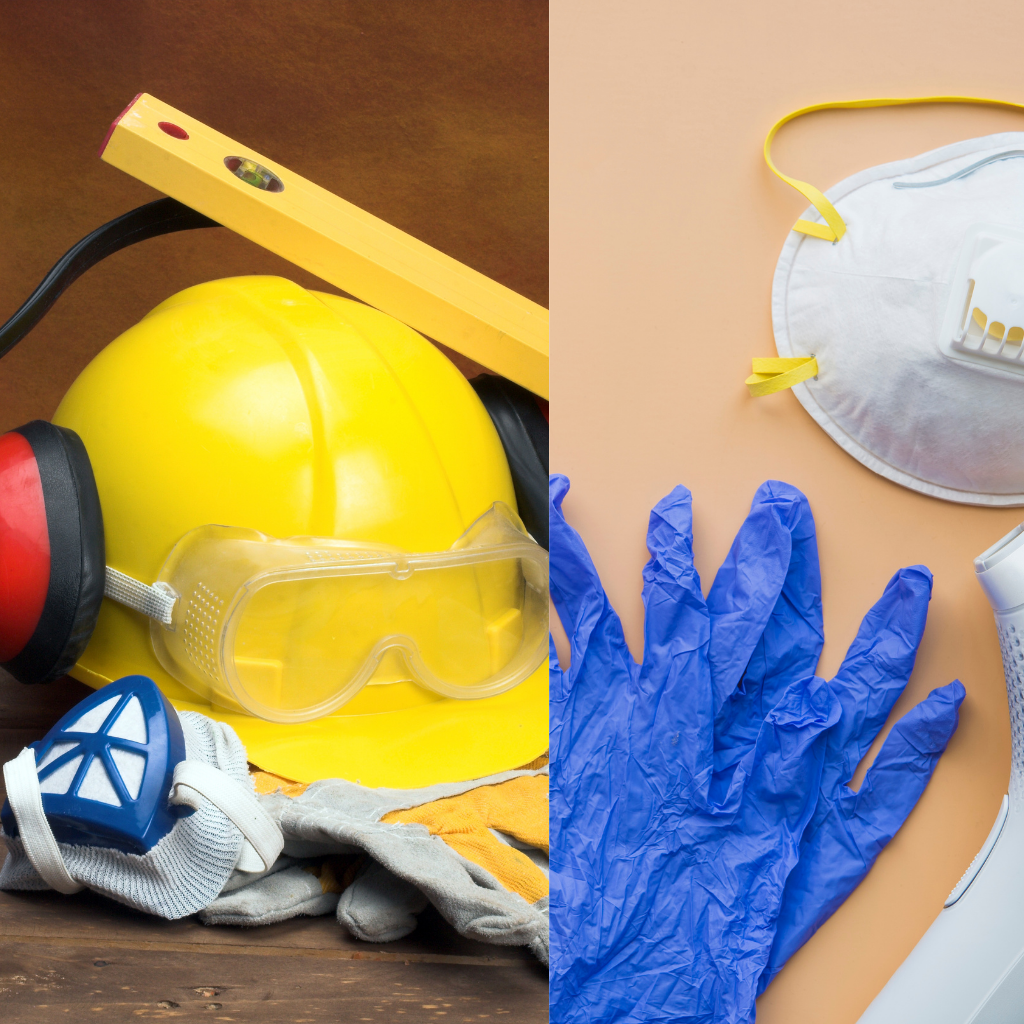6 Steps to Improving Workplace Health and Safety
When you think of workplace safety, you probably think about high-risk industries and occupations like manufacturing, health care, and construction. However, workplace hazards exist in every organization, even those that operate in seemingly safe office environments.
If you don’t know what your workplace hazards are and how to protect your employees from them, it’s time to make safety a priority. Not only is it the right thing to do to protect your employees, but reduced workplace incidents also mean less lost productivity and workers’ compensation claims.
There are a number of workplace health and safety practices that you can use to form the foundation for a health and safety program:
- Identify and Reduce Hazards: You are responsible for identifying workplace hazards and taking steps to eliminate or reduce them. Your safety plan should tell your employees about these hazards, what your role is in ensuring their safety, and what is expected of them.
- Conduct Workplace Inspections: You and your employees share a responsibility for checking all equipment, tools, and physical spaces to ensure that they are maintained and safe for use. Employees who work with tools and equipment should have checklists to aid them in safety inspections and keeping the workplace free of physical hazards is a responsibility shared by all employees.
- Ensure Proper Training: Every employee needs health and safety training and the level of training will depend on the specific role. Basic health and safety training that reviews ergonomics, fire exits, violence prevention, and cybersecurity should be provided to all employees. Employees with an elevated risk of injuries should receive specialized training specific to their particular role and hazards. Retraining should be done at regular intervals and written instructions on safe work procedures should be provided so employees can reference them on an ongoing basis.
- Communicate with Employees: Create an open dialogue around health and safety so that employees will feel comfortable voicing concerns and reporting incidents. Get employees involved in health and safety by encouraging them to share best practices or forming an employee-run health and safety committee.
- Investigate Incidents: Any safety incident, regardless of whether or not it results in injury, should be investigated. You need to ensure that new hazards are identified and mitigated and that a subsequent incident does not occur.
- Keep Thorough Records: Records of safety incidents, inspections, and investigations must be kept. Maintaining up-to-date training records is also essential, particularly for employees in occupations that require retraining and recertification on a set schedule.
Creating a comprehensive health and safety program is a challenge for every business, but a safe workplace is a better workplace. Fortunately, there are many resources available through provincial workplace safety organizations, like WorkSafeBC, that offer specialized assistance to get you started and to continue to help you as you grow.
Sincron HR Software
Using the Sincron HR platform managers can launch health and safety committees, save meeting minutes, and share events. Managers and employees can note and raise safety concerns while HR can periodically post surveys to track employee morale and garner feedback on this critical issue. In addition:
-
-
- The platform allows organizations to integrate their strategic planning objectives and KPIs into performance management
- Sincron HR configures the platform to ensure organizations meet or exceed industry/accreditation standards
- The new HR Essentials platform is now available for just $2/month per employee
- Training and tech support (call, text, video library, etc.) is included
-
To learn more Contact Us Today!



